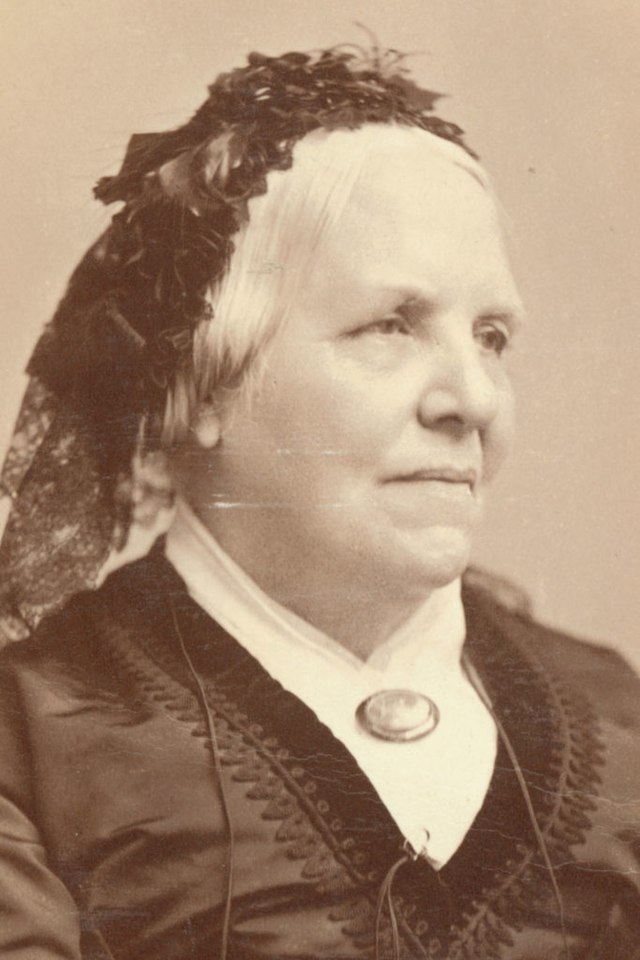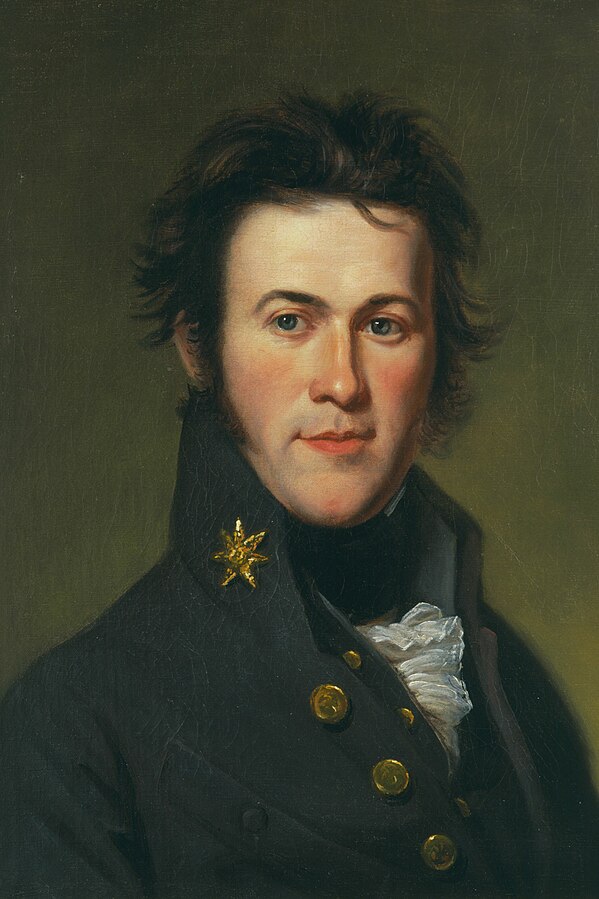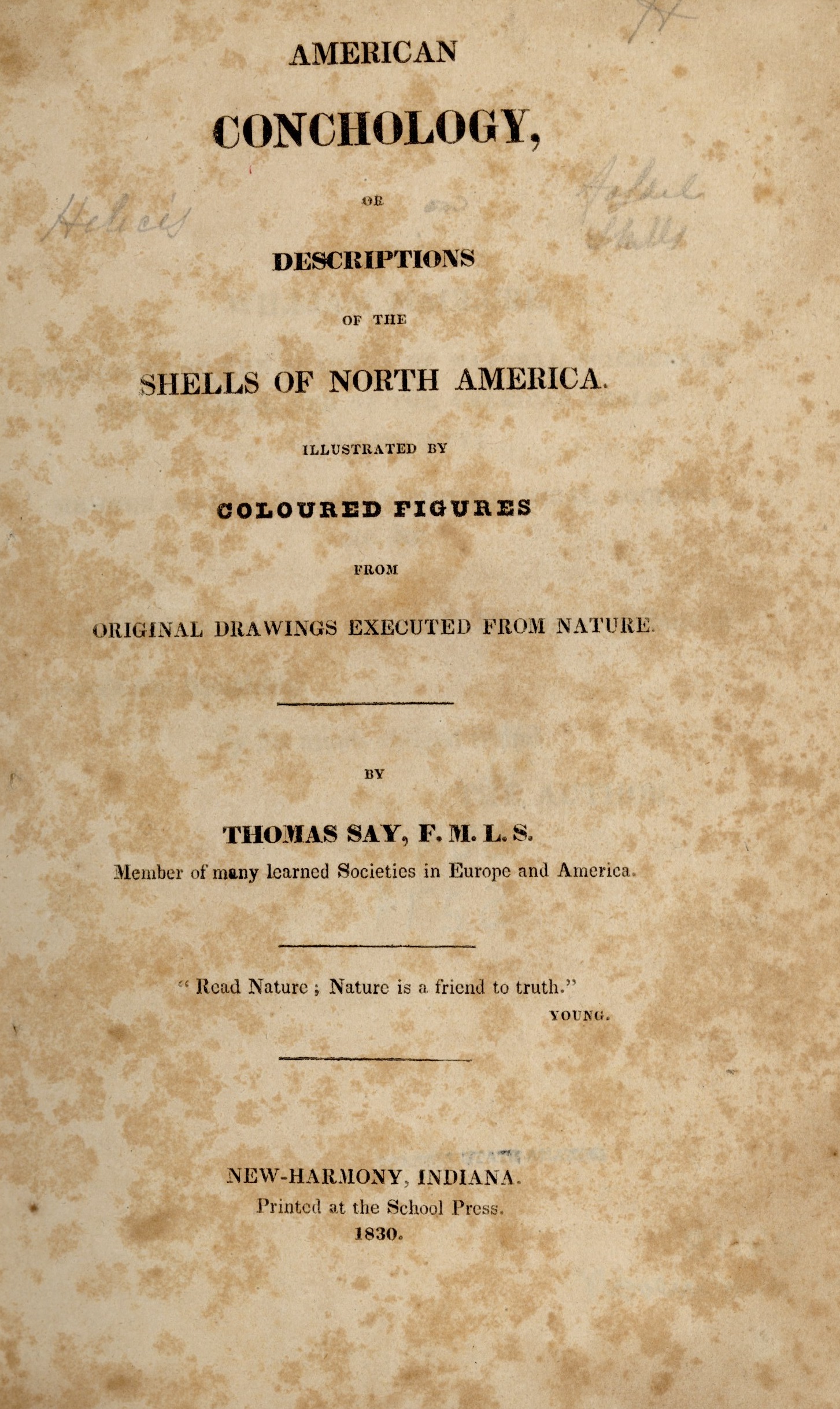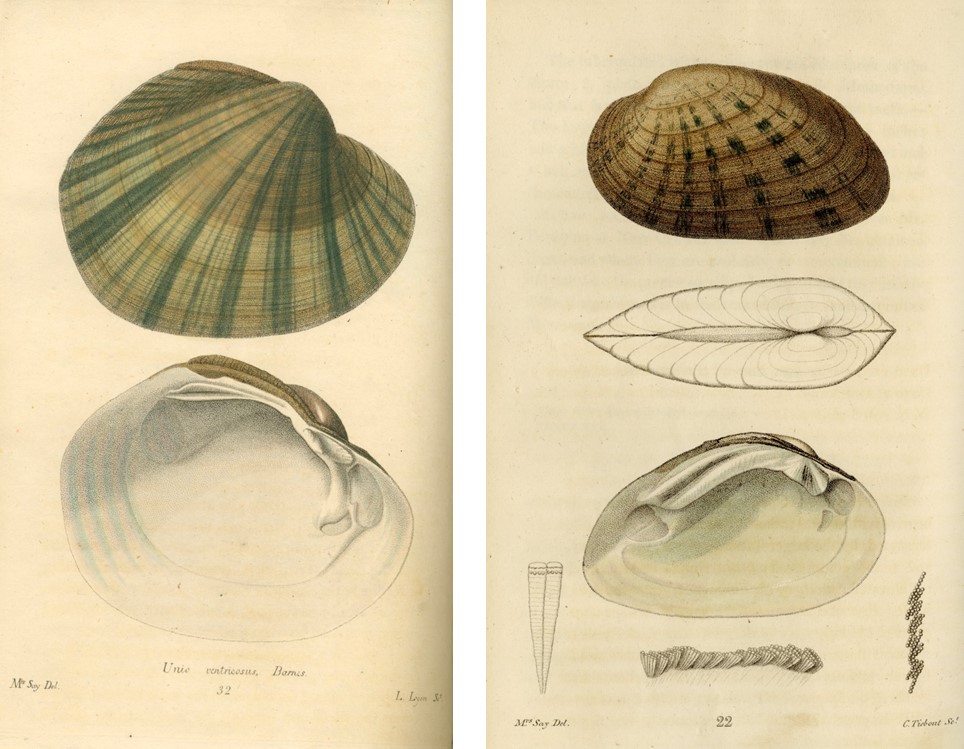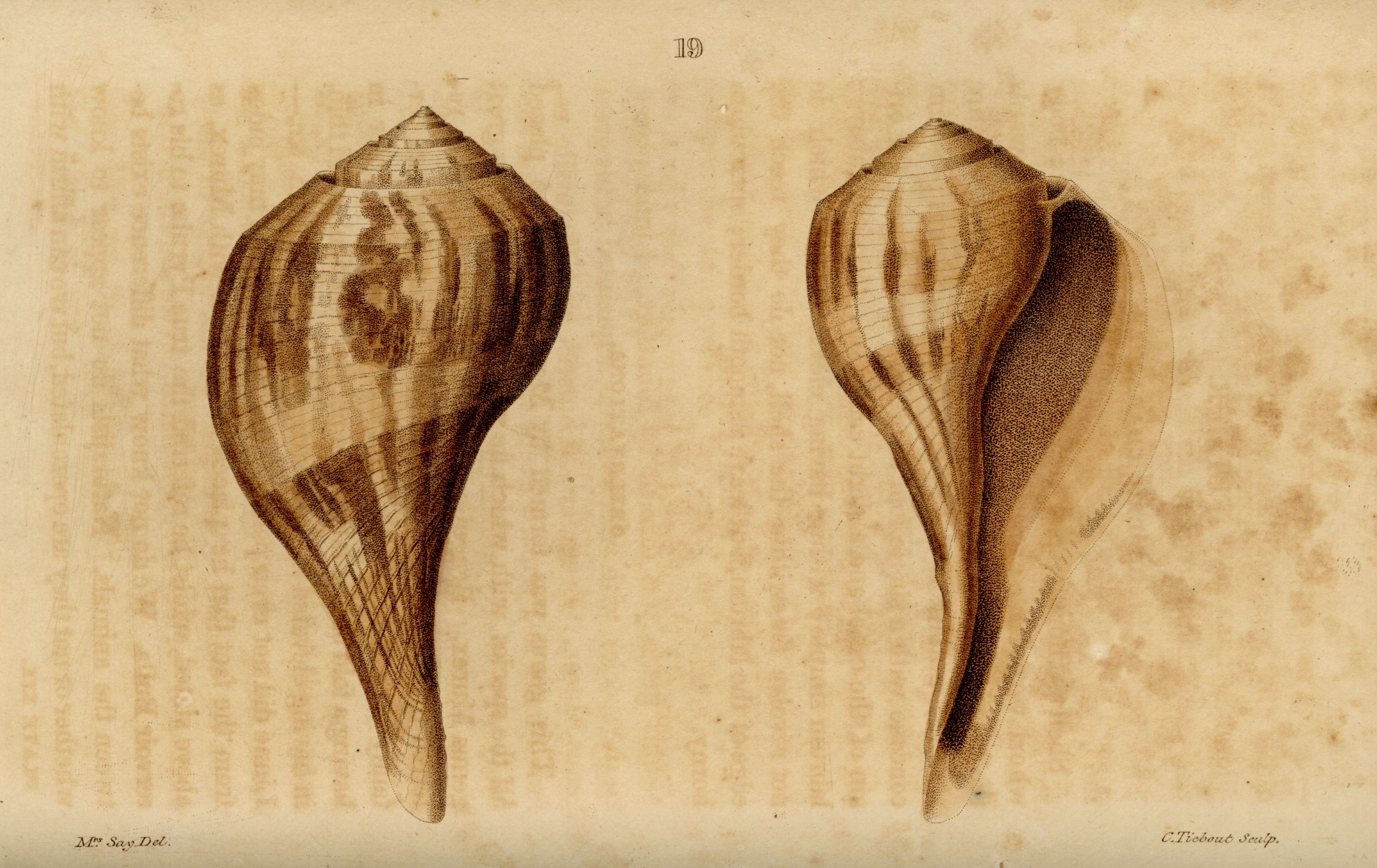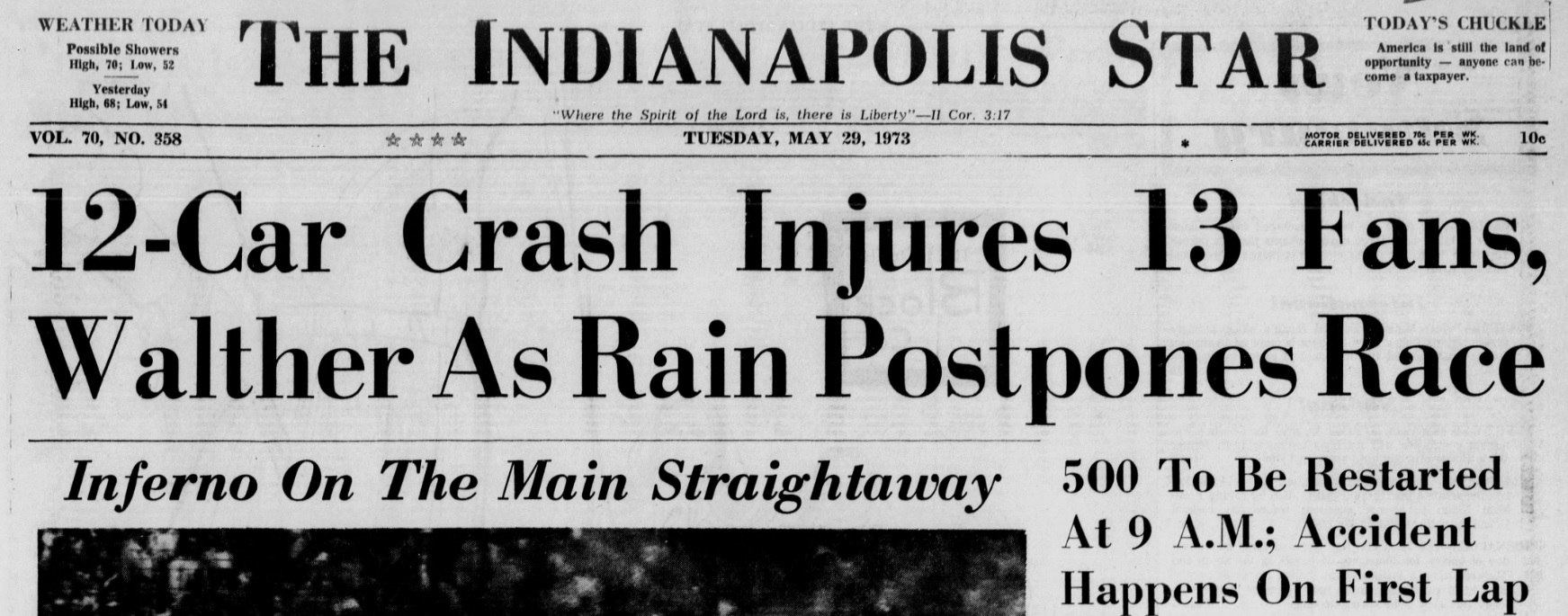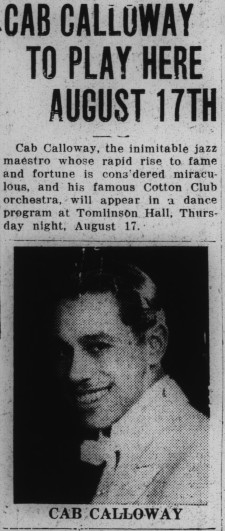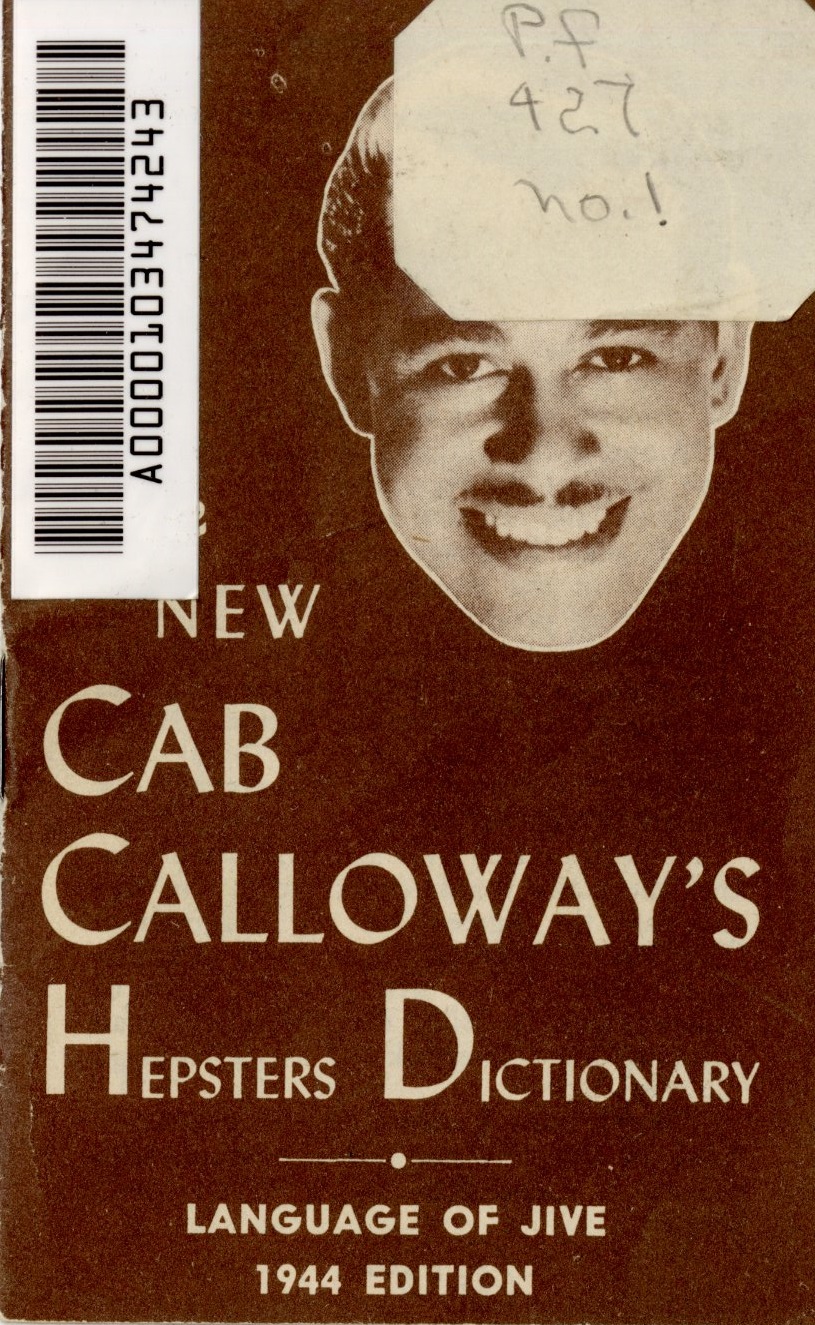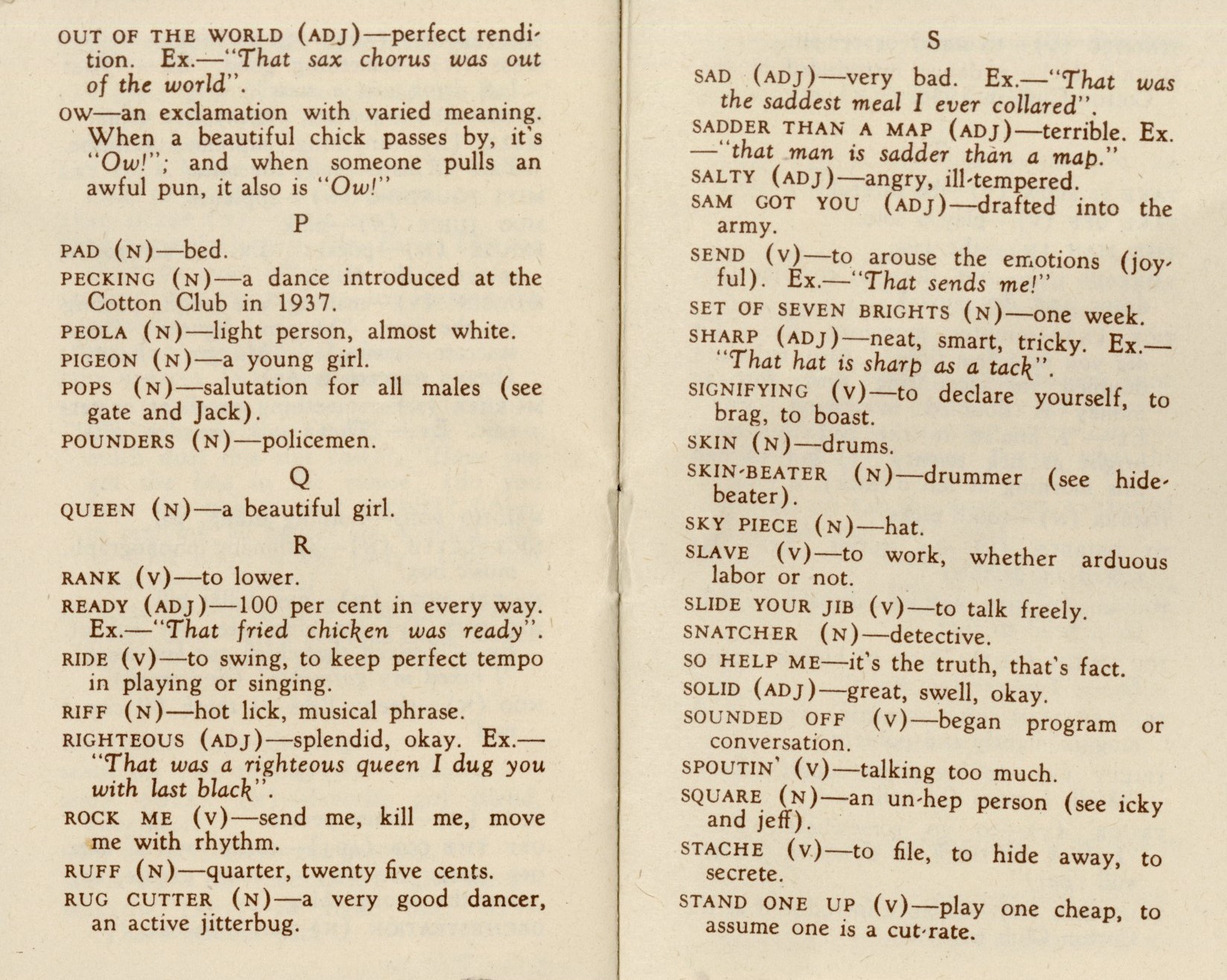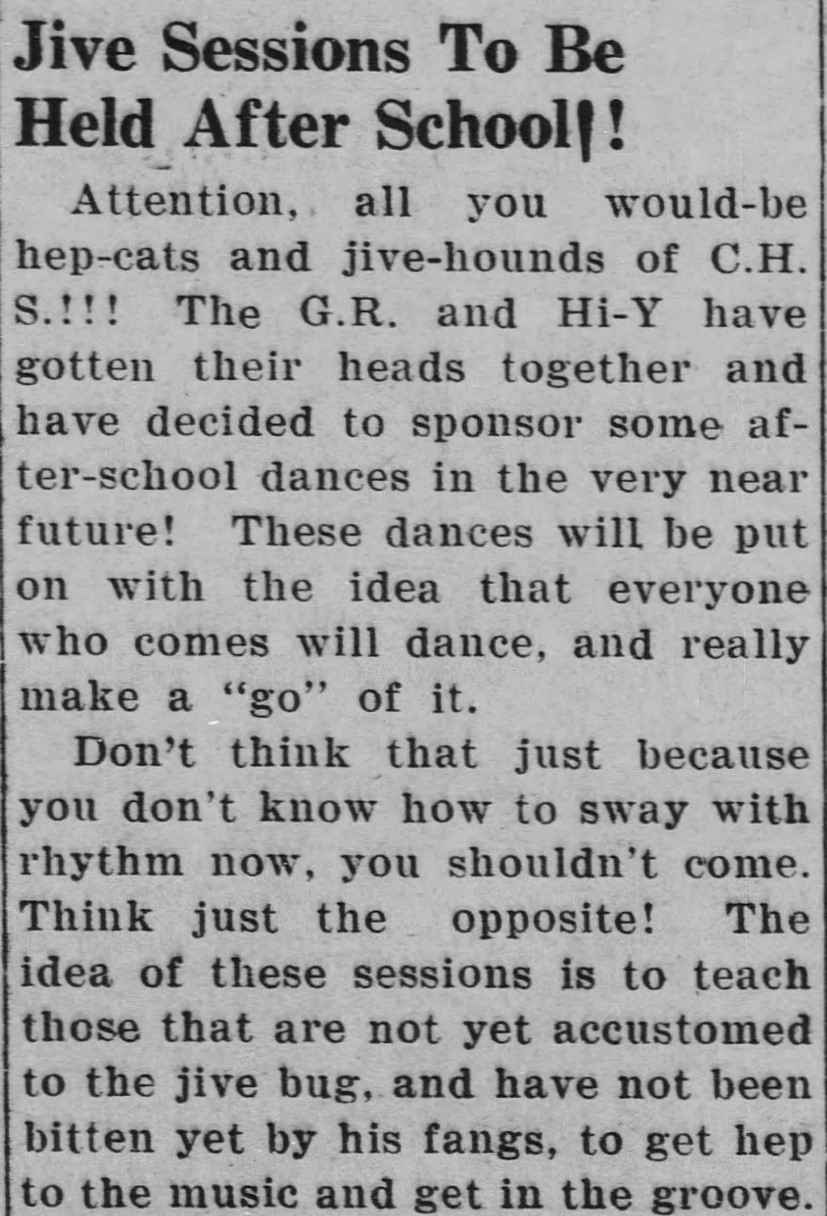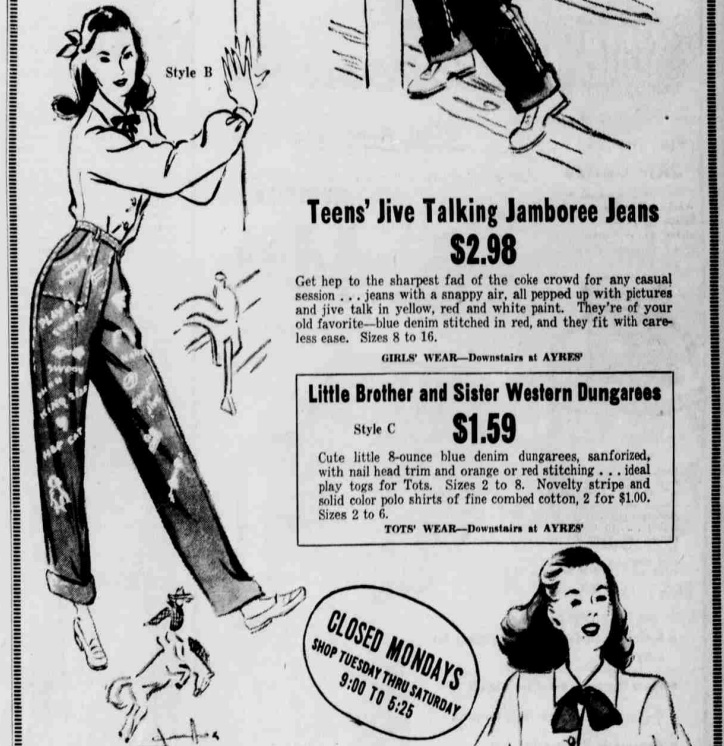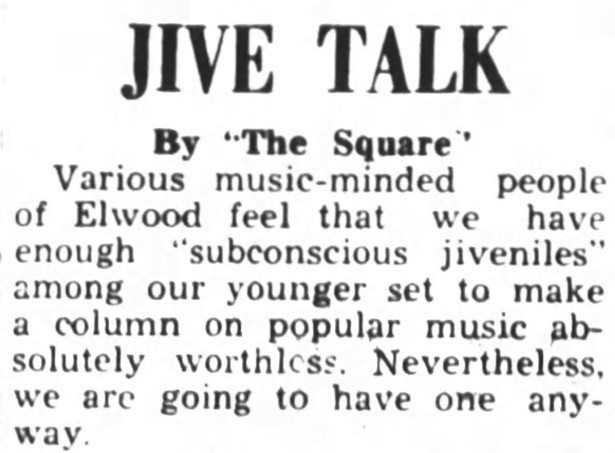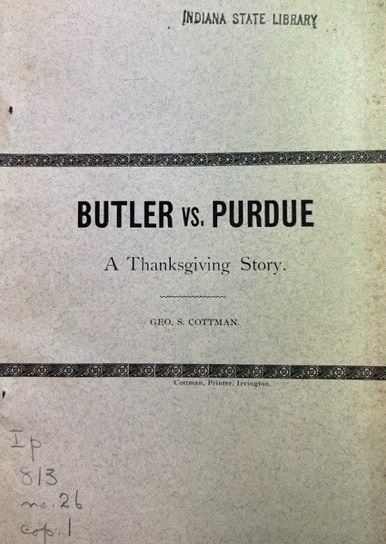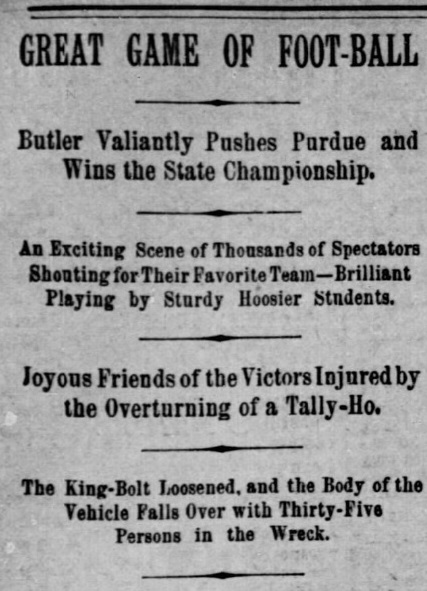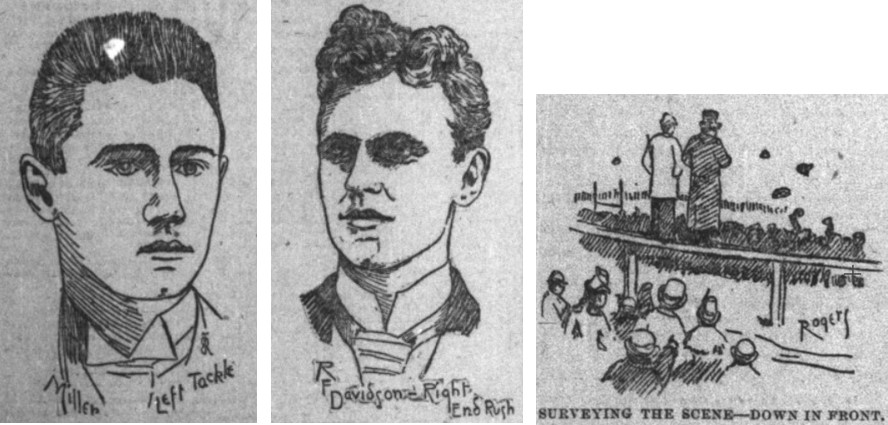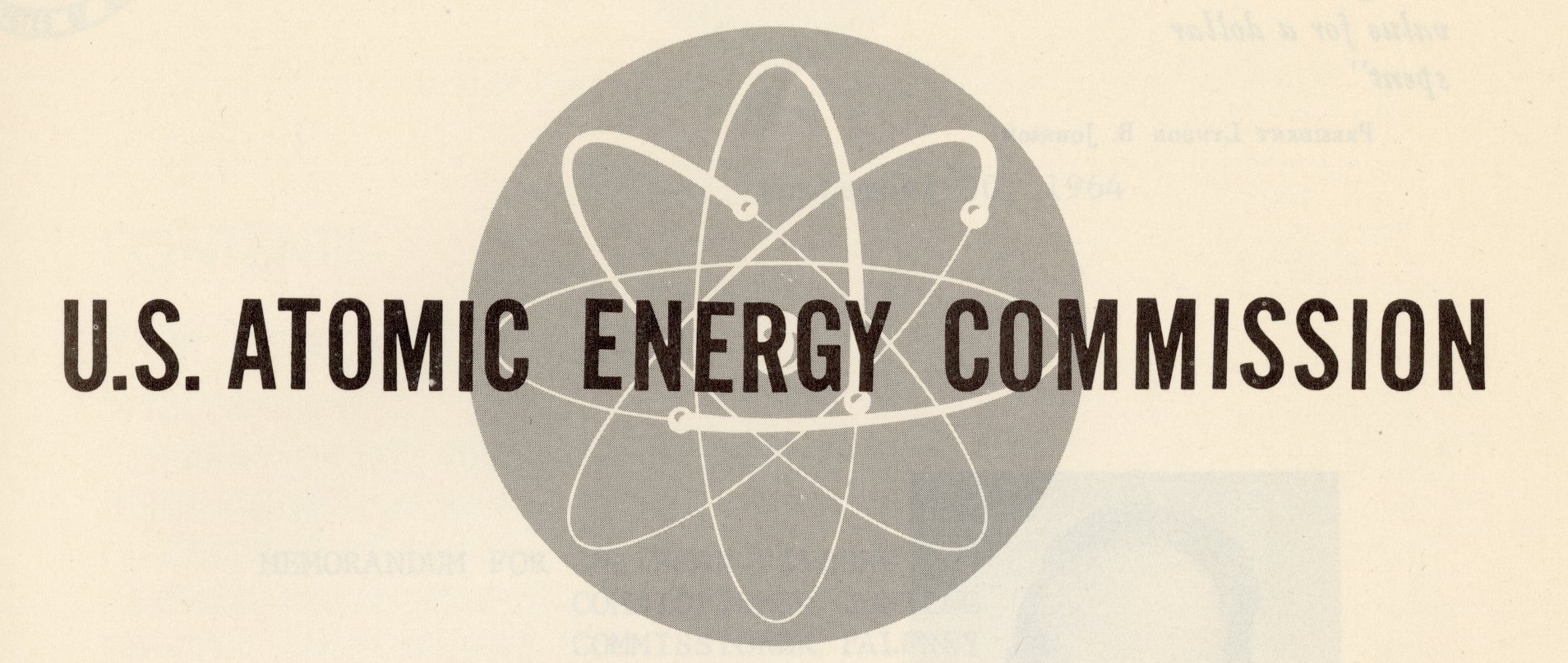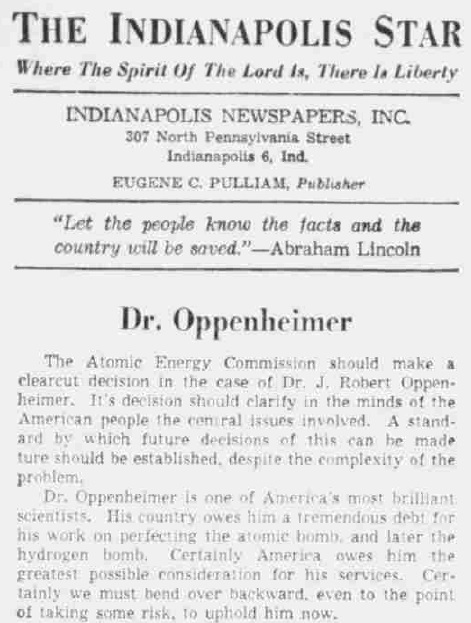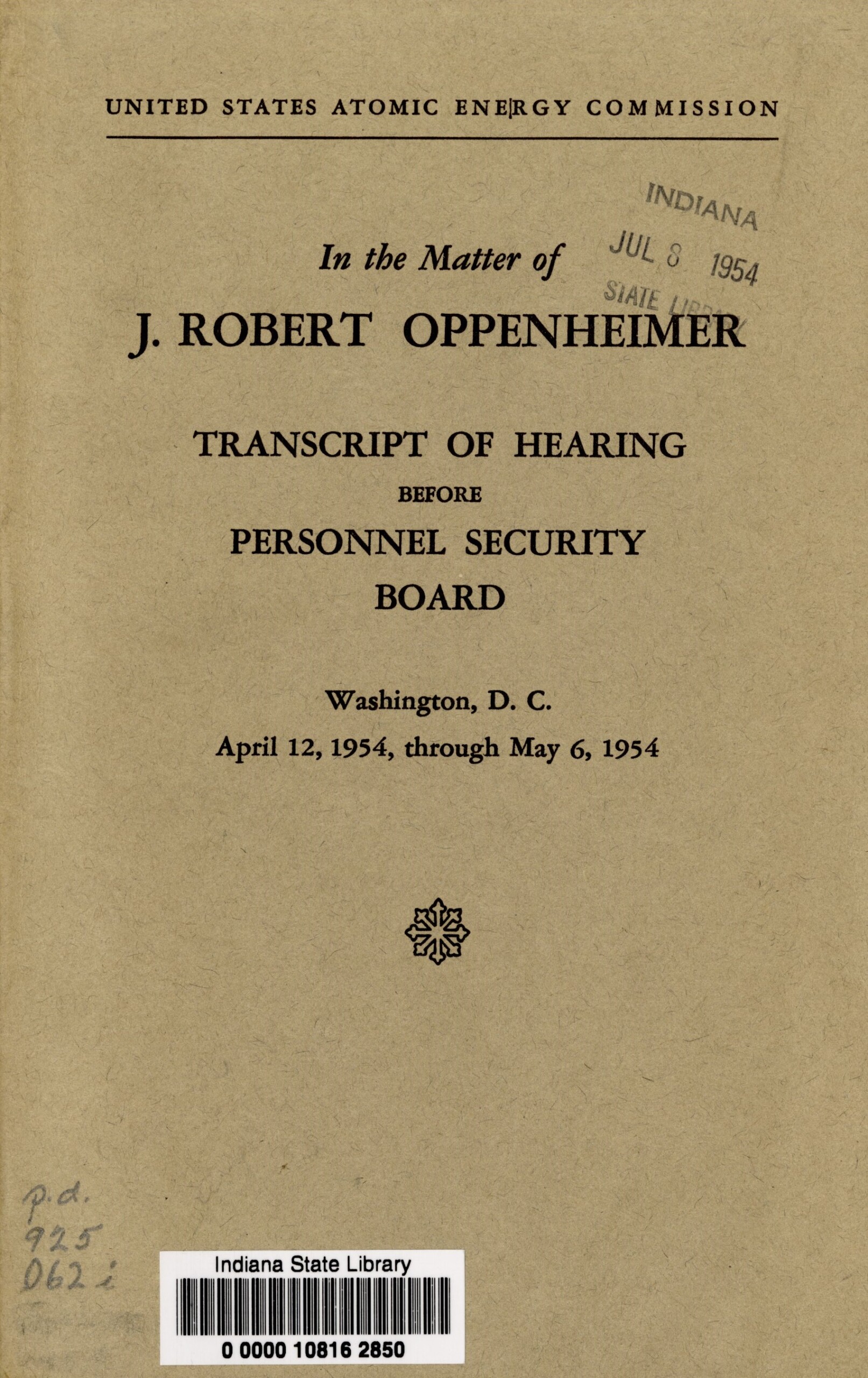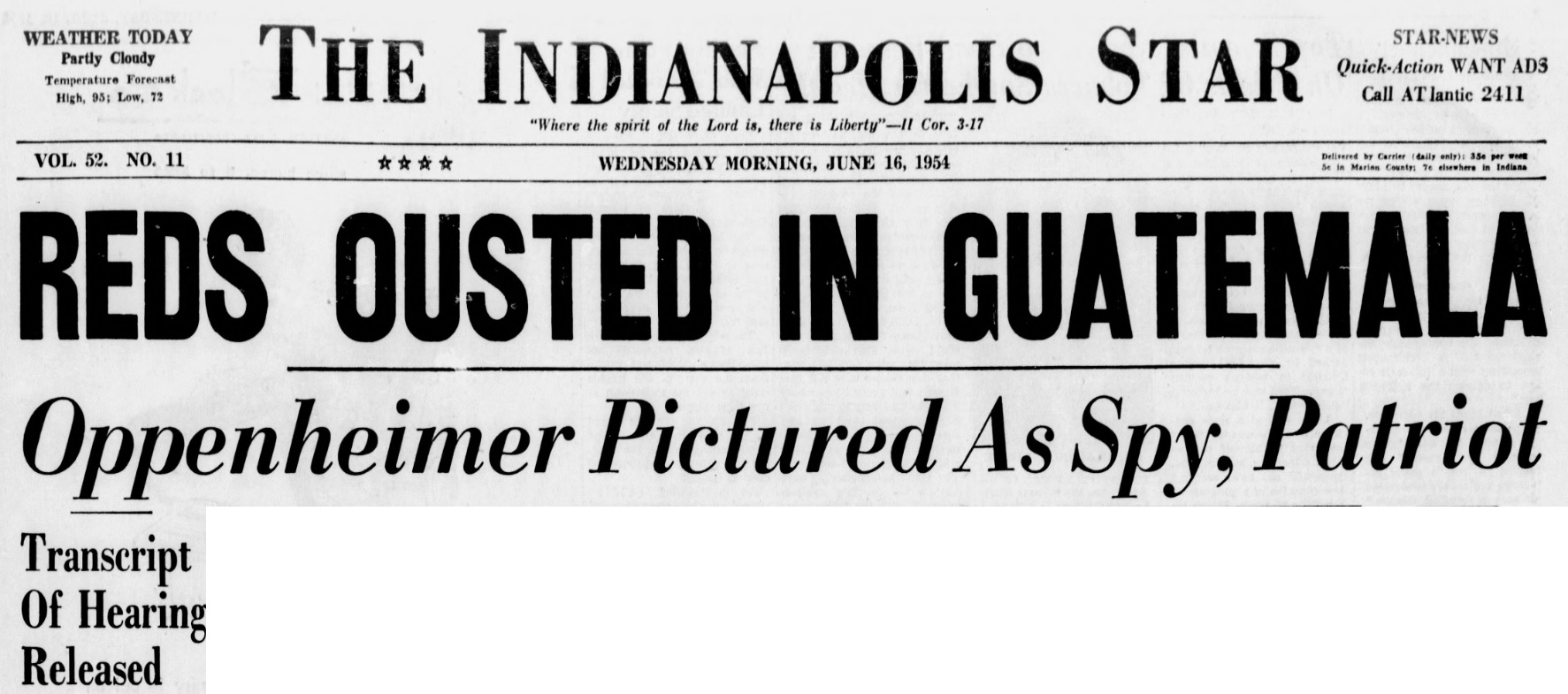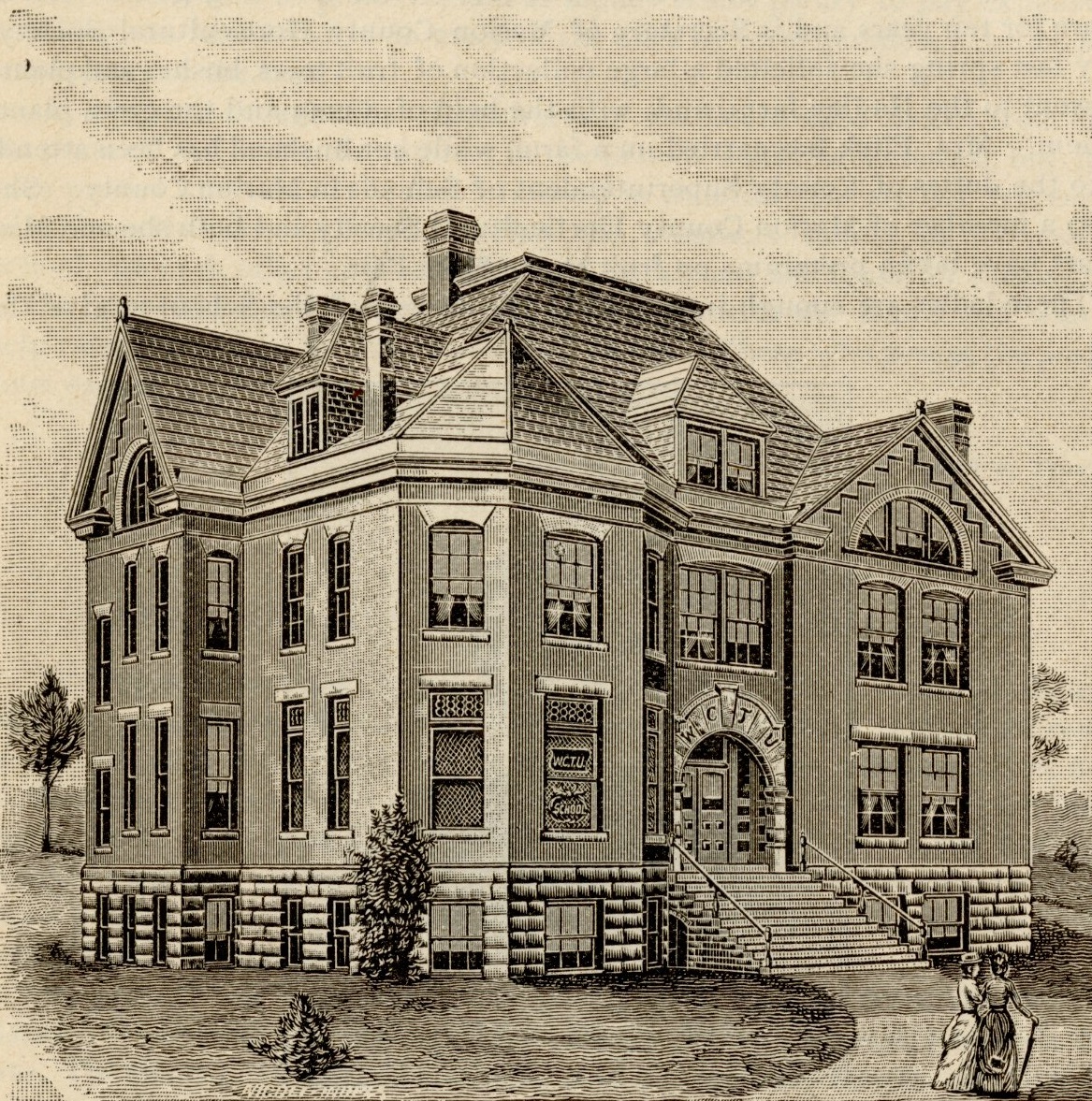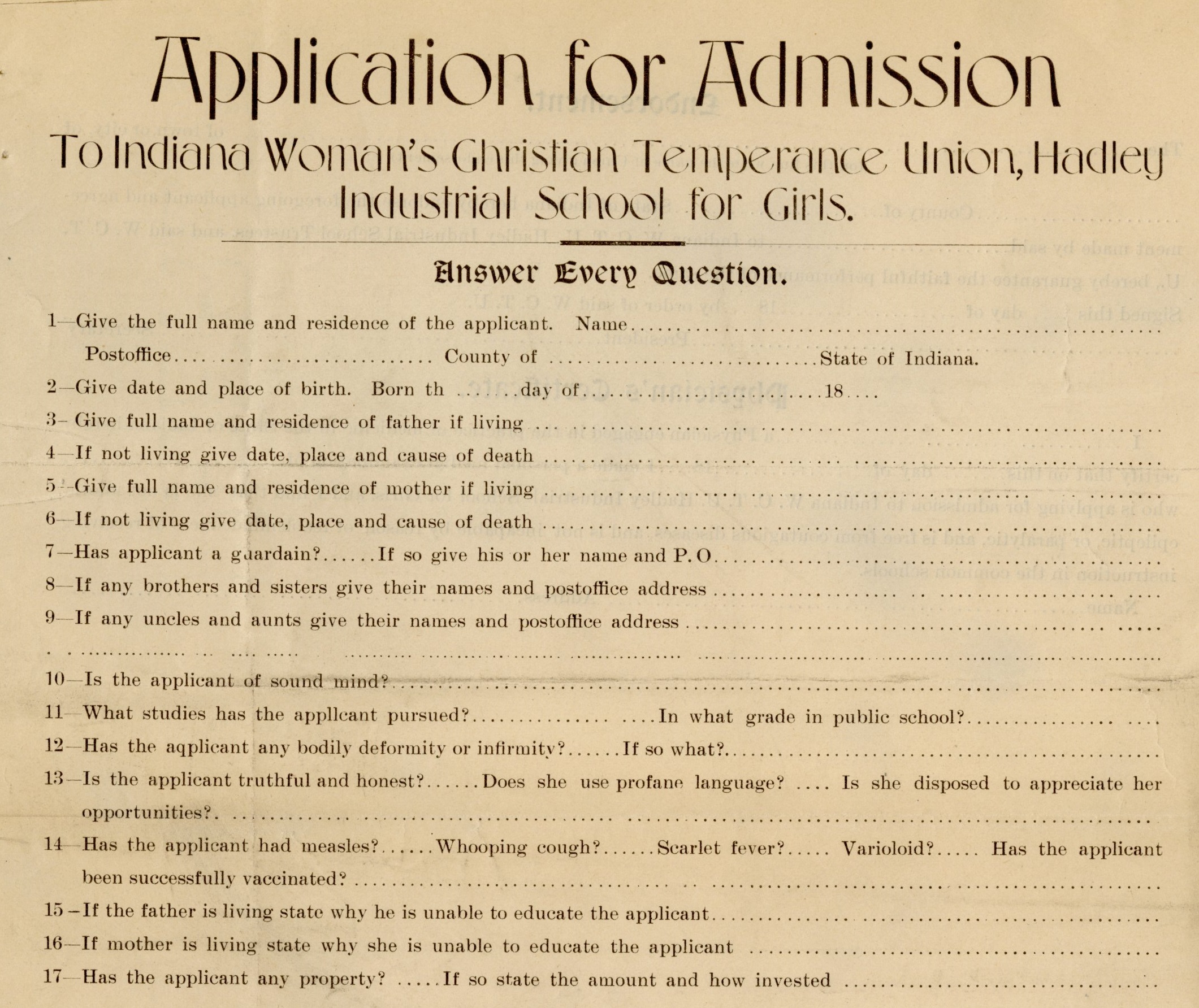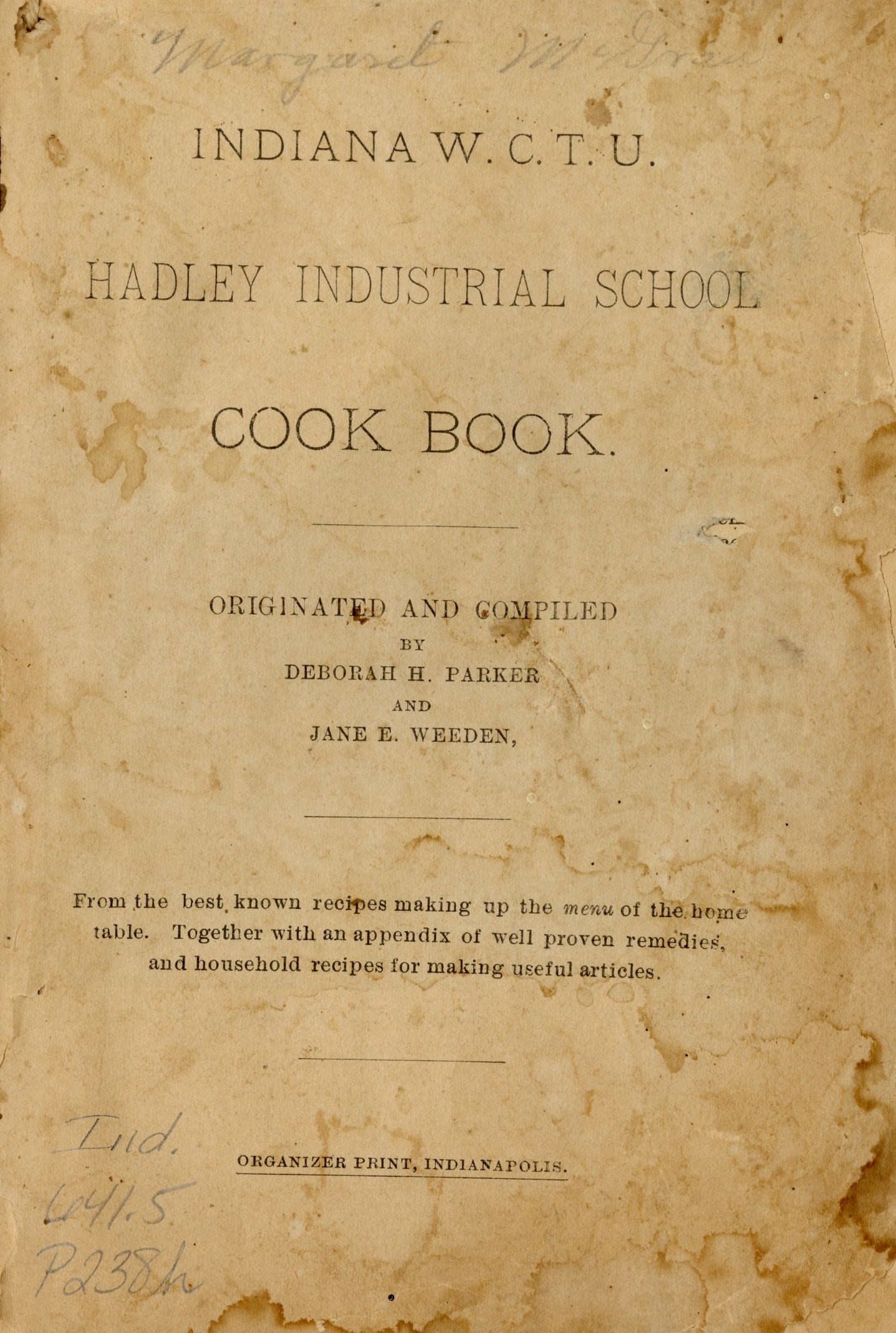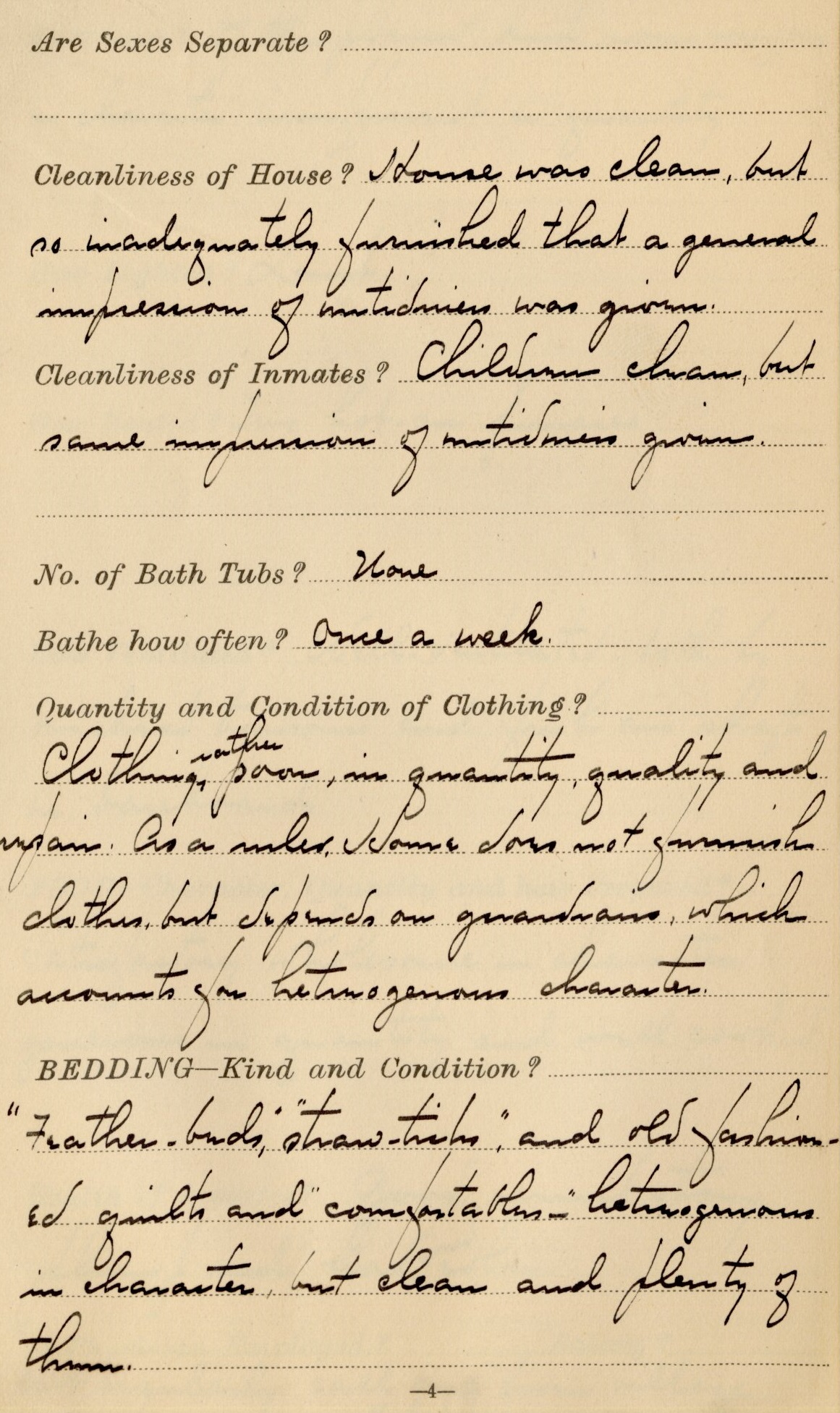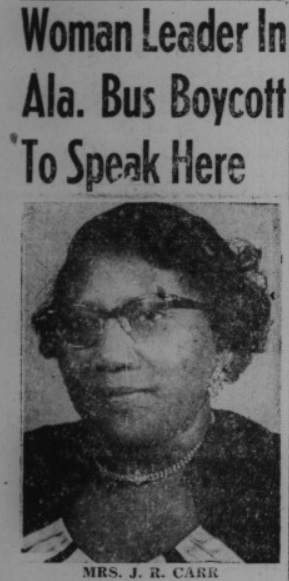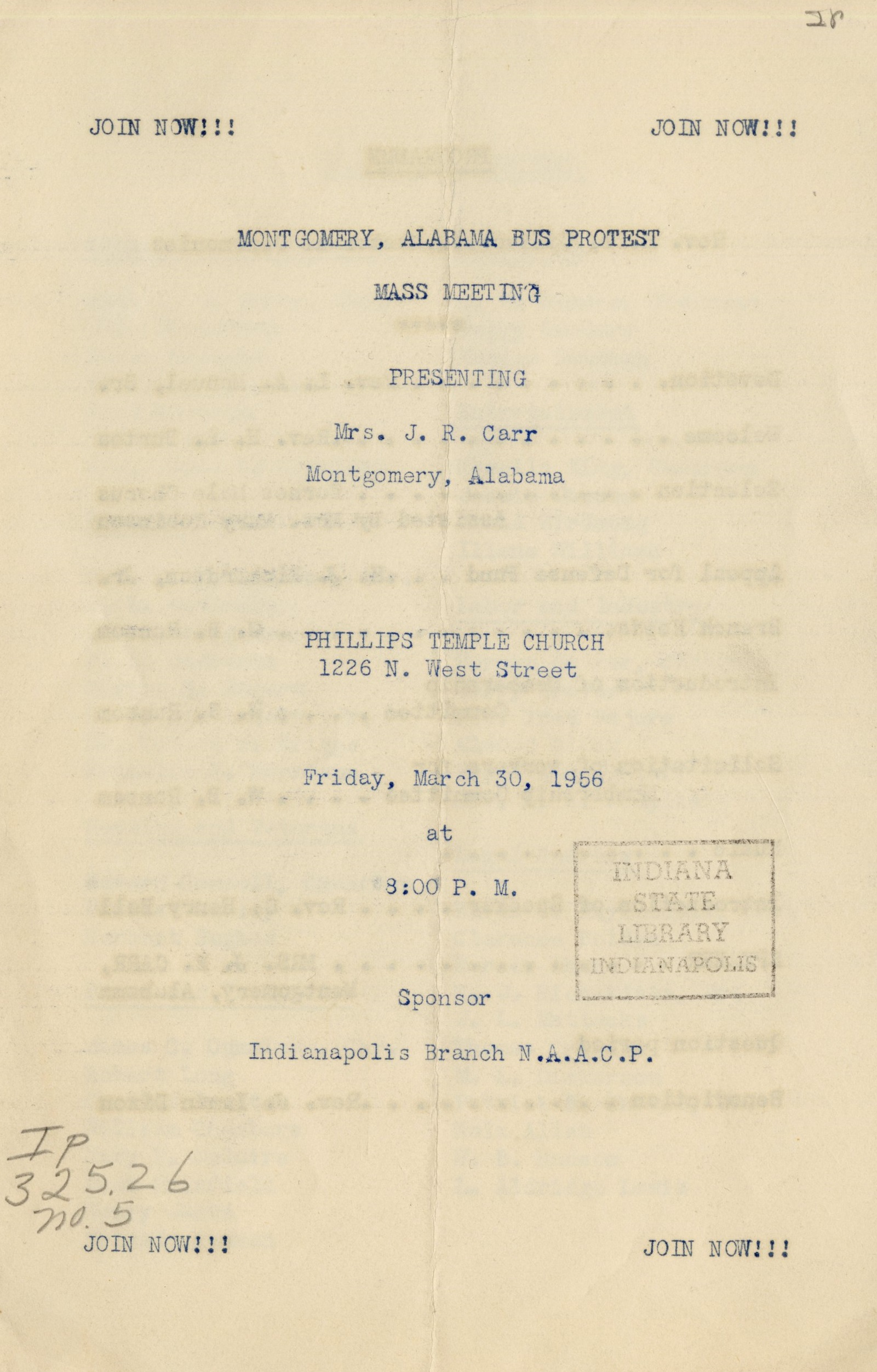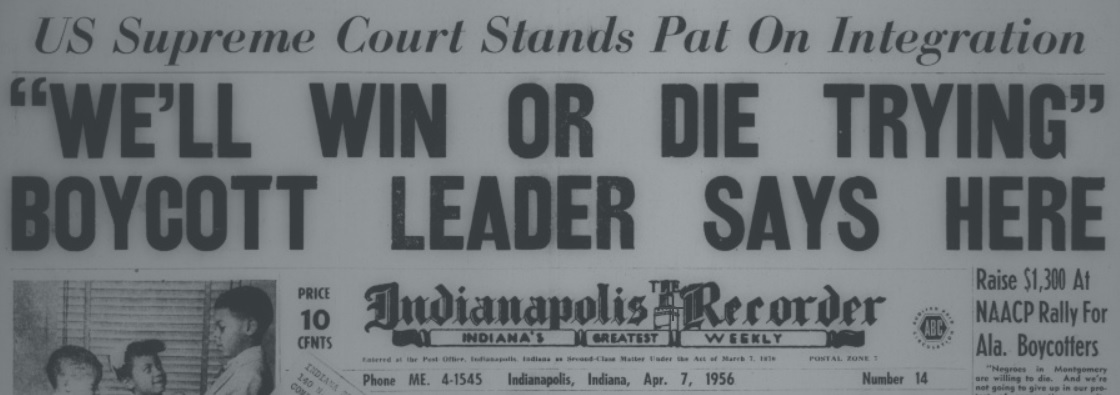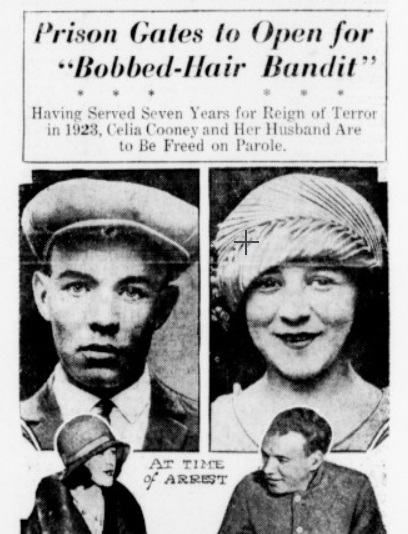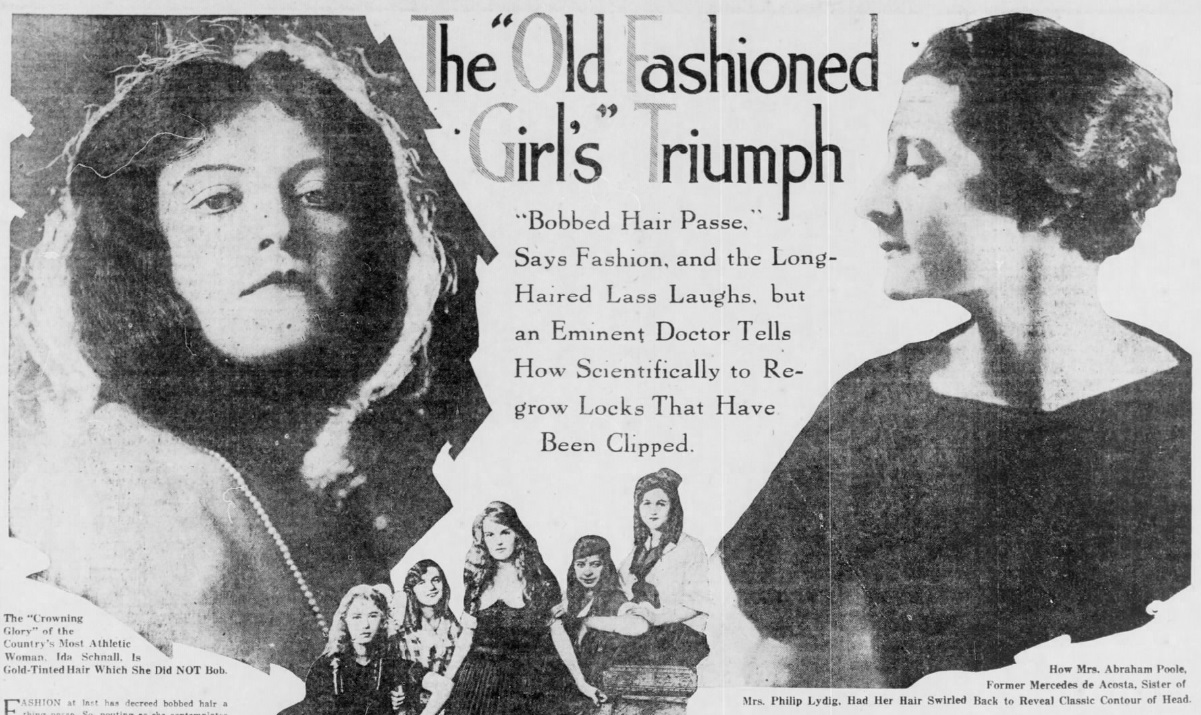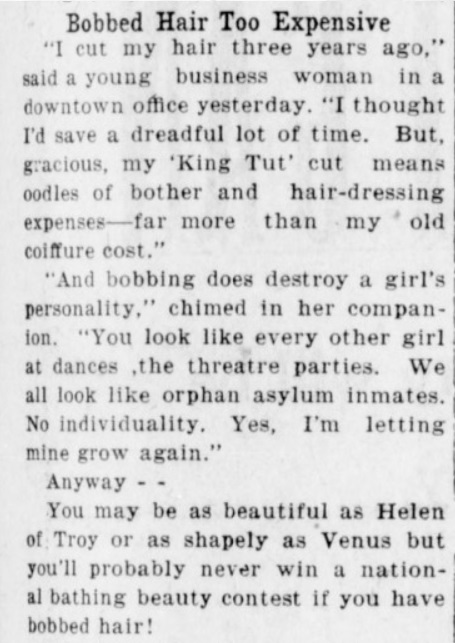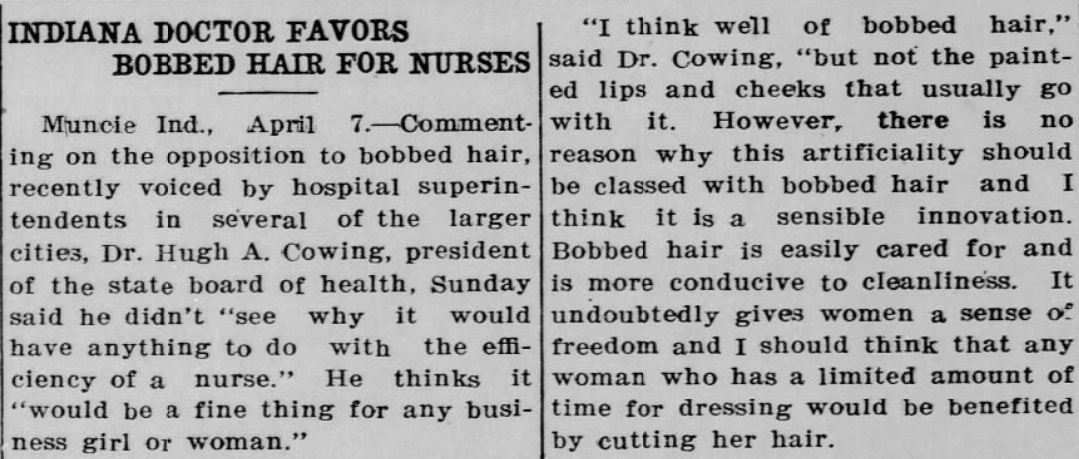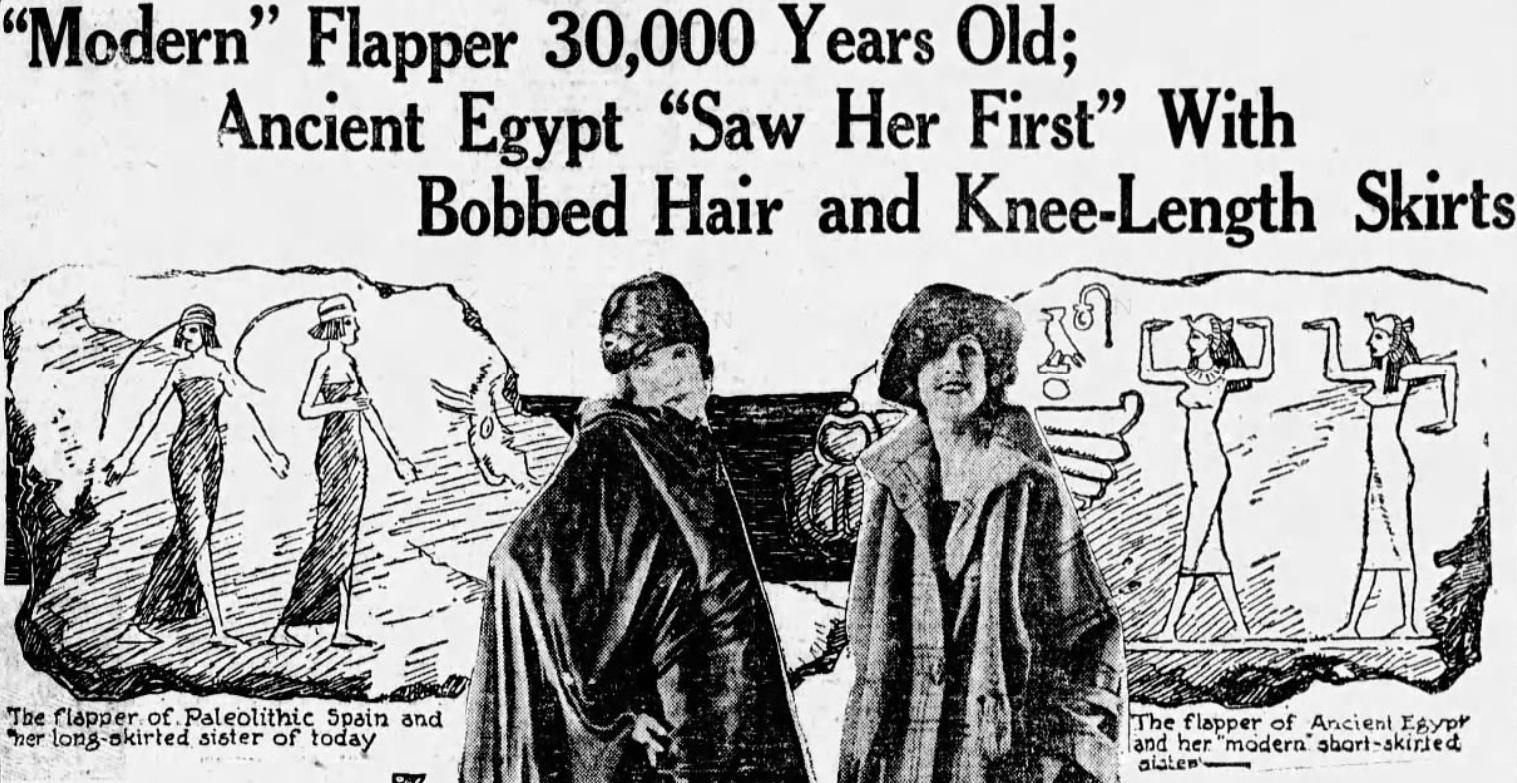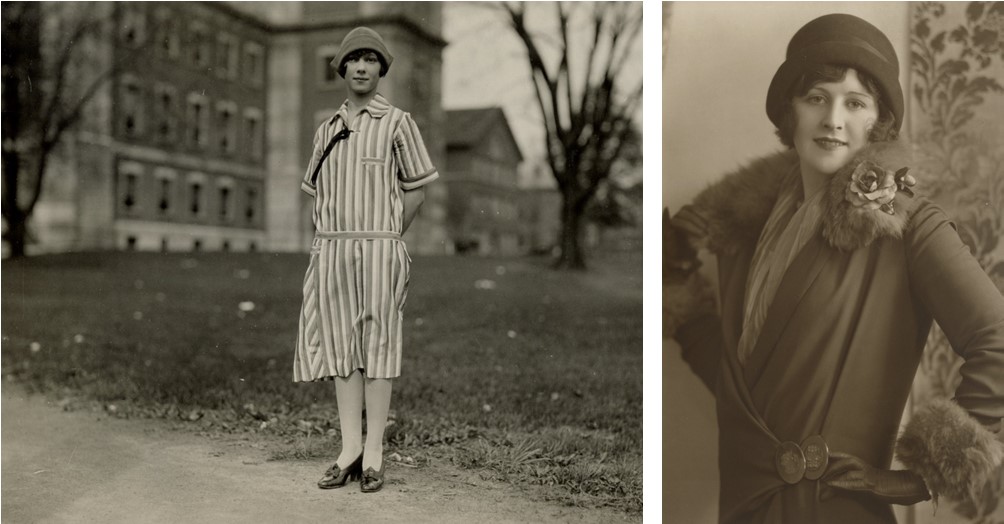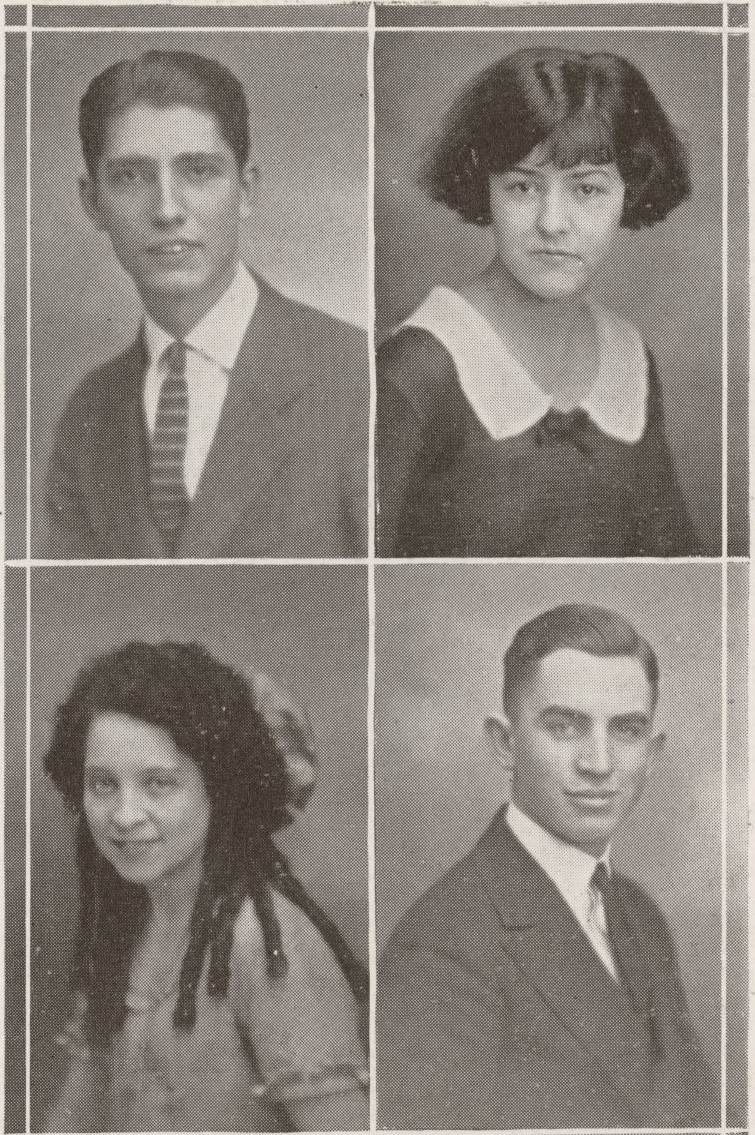While the 1920s are colloquially known as the “jazz age” due to its emergence in that decade as a shockingly new and unique form of music, jazz did not truly enter the popular culture mainstream until the 1930s. The days of small bands comprising around five musicians were gone and replaced with massive orchestras of over a dozen performers, often fronted by a charismatic bandleader. Jazz performers moved out of the small clubs and speakeasies they had occupied throughout the 1920s and into massive music halls to both accommodate a growing fanbase and to better showcase the loud music created by the multiple saxophones, trumpets and trombones of the large orchestras. The Big Band Era was in full swing.
If you were in Indianapolis and wanted to see the biggest names in jazz in the 1930s, you were probably going to make a pilgrimage to Tomlinson Hall. Located at the corner of Market and Delaware streets, right next to the City Market, Tomlinson Hall opened its doors in 1886. A massive building, it served many purposes for the people of Indianapolis and hosted everything from conventions and political rallies to boxing matches and music performances.

Postcards showing Tomlinson Hall. The image on the left shows its proximity to the City Market building. From the Postcard Collection (P071) Rare Books and Manuscripts Collection.
Tomlinson Hall was open to all and the African American community of Indianapolis frequently held events in the venue as it had a capacity of 4,000 which was significantly larger than the recently constructed Walker Theater on Indiana Avenue. While all were welcome at Tomlinson Hall, segregation still existed within its confines. Below are two ads for the same 1935 Duke Ellington performance. The ad on the left is from the Indianapolis Recorder, the city’s preeminent Black newspaper. The smaller ad on the right is from the Indianapolis News and includes the text “Dance for colored patrons only. Balcony reserved for white spectators.”
Other major acts to make appearances at Tomlinson Hall in this time period include Claude Hopkins (1936), Louis Armstrong (1937), Count Basie (1939), Fats Waller (1938) and Blanche Calloway (1936). Calloway was the older sister of popular singer and bandleader Cab Calloway. She was the first woman to lead an all-male orchestra.
Band leader and drum virtuoso Chick Webb and singer Ella Fitzgerald performed at the Hall in August of 1938. The Indianapolis Recorder published photos from the show and noted that Fitzgerald “literally made the mike dance” during her performance.
Tomlinson Hall continued to serve as one of Indianapolis’s main entertainment venues until it was destroyed by a fire in 1958. An arch from the original structure was found during City Market renovations in the 1970s and has been erected in a plaza near where the Great Hall once stood.
The Indianapolis Recorder contains a wealth of information on the history of jazz in the city. A digitized archive of the newspaper from 1899-2005 is available through Hoosier State Chronicles here.
This blog post was written by Jocelyn Lewis, Catalog Division supervisor, Indiana State Library. For more information, contact the Indiana State Library at 317-232-3678 or “Ask-A-Librarian.”









